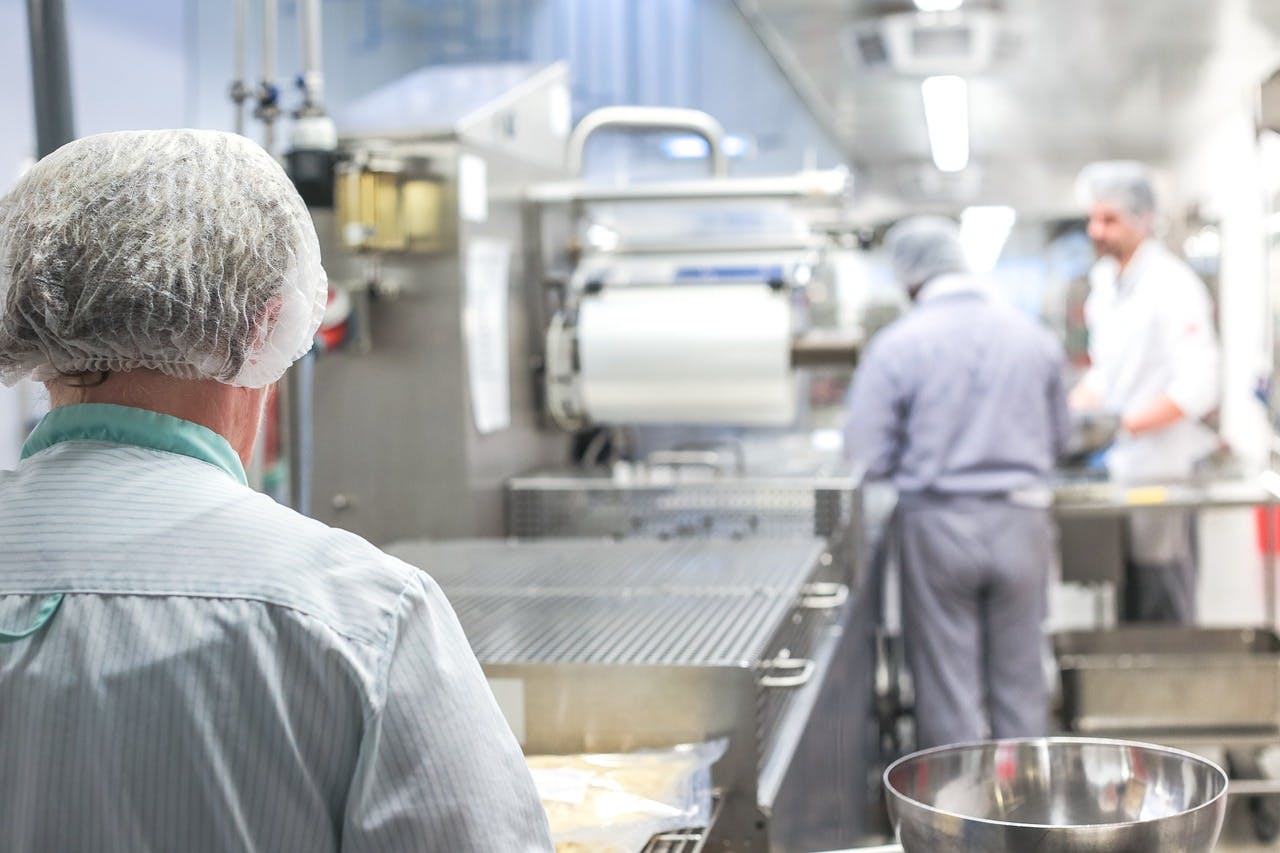Food processors face relentless pressure – U.S. food manufacturing output hit $1.1 trillion in 2024 (IBISWorld), yet supply chains wobble, labor’s tight, and regs tighten. In 2025, consumer demands and operational hurdles demand precision.
Here are five trends shaping food processing now – safety, sustainability, inventory shifts, automation, and transparency. These aren’t optional; they’re imperatives for resilience and compliance. Read on for data-backed insights and how monitorQA’s platform keeps you ahead.
1. Elevated Safety Standards: Zero Margin for Error
Food safety’s non-negotiable – 48 million foodborne illness cases hit the U.S. yearly (CDC), and recalls cost $10M per incident (Food Safety Magazine). Workers and regulators demand rigorous controls – HACCP, FSMA, GFSI benchmarks aren’t easing.
Action: Digitize safety audits. monitorQA’s mobile inspections track KPIs – sanitation logs, temp controls – in real time, ensuring uniform standards across plants. Gaps mean risk; compliance means trust. (Explore features)
2. Sustainability: Green Is the New Gold
Consumers care – 59% prioritize eco-friendly food brands in 2025 (IFIC). Processing pumps out 3.3B tonnes of CO2 annually (FAO) – not the worst offender, but scrutiny’s up.
Action: Optimize resource use. monitorQA audits energy, water, and waste metrics, spotlighting efficiencies. Transparent reporting – via dashboards – proves your green cred to buyers and regulators.

3. Just-in-Case Inventory: Buffers Beat Breakdowns
Just-in-time’s fragile – 2024’s disruptions (e.g., port delays up 20%, Statista) exposed it. Just-in-case reigns – 65% of processors now stockpile (Food Processing).
Action: Overhaul logistics. monitorQA’s real-time tracking flags inventory gaps – raw materials, packaging – ensuring resilience without overstock waste. Visibility’s your edge.
4. Automation Surge: Tech Fills Labor Gaps
Labor’s scarce – food manufacturing lost 15% of its workforce since 2020 (BLS). Automation’s booming – robotics adoption up 30% in 2024 (IFR).
Action: Integrate smartly. monitorQA syncs with automated lines, auditing output quality and uptime. Transition staff to oversight roles – tech augments, doesn’t erase. Precision scales compliance.
5. Label Transparency: Trust Starts Here
Shoppers dig deeper – 70% check sourcing on labels (NielsenIQ). Health, ethics, origin – they want it all. FSMA’s traceability rules tighten the screws.
Action: Showcase provenance. monitorQA’s supplier audits verify chain-of-custody – ingredient trails, organic certs – building consumer confidence and dodging recall risks.

New Era, New Playbook
Challenges breed innovation – 2025’s trends demand agility. monitorQA’s mobile-first audits deliver: live visibility, streamlined safety, uniform execution, and compliance armor. Companies like Taylor Farms thrive with it – why not you? Book a demo to see it in action.
last modified:04.01.25
Recent Posts

Keeping Up With Compliance Trends 2025

OSHA Ladder Safety 101: How to Meet OSHA Standards and Keep Your Workers Safe

Car Wash Safety: Regulations & Best Practices You Need to Know

Fall Hazards At Work: How To Keep Your Employees Safe

The High Price of Neglect: OSHA Violations and Penalties

Expert Advice on Preventing Workplace Electrical Hazards

Slips, Trips and Falls in the Workplace: Best Practices

HSEQ Audit: The Complete Guide

Improve Safety: Inspection Management Software Benefits

Promoting Safe and Productive Working Environments: Occupational Health & Safety Tips to Consider
